Kyle Cooper is a designer of motion picture title sequences. His work includes the opening credit sequences of Se7en (1995), The Island of Dr. Moreau (1996), Flubber (1997), The Mummy (1999), Spider-Man (2002), Dawn of the Dead (2004), Spider-Man 2 (2004), Godzilla Final Wars (2004); and the video games Metal Gear Solid 2: Sons of Liberty (2001) and Metal Gear Solid 3: Snake Eater (2004). For his work in the credits field is often considered the Saul Bass, of whom replaced his role as title designer for Martin Scorsese's 1990 film Goodfellas.
He has also directed a film, New Port South (2001).
Cooper specializes in crafting title sequences - the short introductions and closings to films, videogames, and television shows that list the names of the cast and crew involved in the production. In this boutique industry, Cooper is king. He has designed the lead-ins to 150 features - including Donnie Brasco, the 1996 remake of The Island of Dr. Moreau, Mission: Impossible, Spider-Man, Sphere, Spawn, Twister, and Flubber. The movies themselves may not be cinematic classics, but Cooper's credits - which operate as minifilms in their own right - consistently stun and entertain audiences. For this spring's Dawn of the Dead, he even used real human blood. Critic Elvis Mitchell, in his New York Times review of the movie, summed up the Cooper effect: "The opening and closing credits are so good, they're almost worth sitting through the film for." Indeed, the word in Hollywood is that some filmmakers have refused to work with Cooper, says Dawn of the Dead director Zach Snyder, because he's "the guy who makes title sequences better than the movie." Not since Saul Bass' legendary preludes to The Man With the Golden Arm (1955) and Vertigo (1958) have credits attracted such attention. Cooper counts Bass' work, along with Stephen Frankfurt's lead-in for To Kill a Mockingbird (1962), as his greatest influences.
Directors don't call on Cooper for a signature style; they hire him to dig under the celluloid and tap into the symbolism of a film. That aptitude first became apparent in 1995, with the abrasive and highly stylized intro to David Fincher's Se7en. In it, the letters - hand-scratched by Cooper with a needle onto film stock, frame by painstaking frame - disintegrate to the industrial rhythms of a remix of Nine Inch Nails' "Closer." The oft-imitated setup perfectly captured the addled mind of the movie's serial killer and set the tone for the entire film. "It's a unique blend of auteur and creative genius that makes his sequences memorable - but not at the expense of the film," says Grant Curtis, coproducer of Spider-Man and Spider-Man 2. "That's what makes Kyle truly unique, his innate sensibility that opening title sequences are not separate from the film, they're part of it."
The production on Spider-Man 2's titles, from conception to delivery, has stretched almost an entire year. Cooper began by digitally scanning dozens of vintage Spider-Man comics and editing them together in a blink-and-you-miss-it five-second montage that encompasses the entire story arc of the first film. After that, "the credits get caught in the web. I love the moment when you kind of figure it out," he says. "Oh wow, metaphors! Flies in a web, type in a web like flies. That's great!"
Unlike the first Spider-Man's title sequence - which took months of tweaking with software apps including Cinema 4D, Adobe After Effects, Maya, and Photoshop - Cooper this time relies on old-school filmic techniques. The credit's primary conflict between Spidey and arch nemesis Dr. Octavius is presented in striking stop-motion animation. Which brings us back to Cooper's black widows and the octopus. "I always liked the black cat fighting the white cat in the main titles for Walk on the Wild Side," Cooper says, citing Saul Bass' classic work. In homage to Bass, Cooper pits his spider and his octopus against each other. "They both have eight legs and very similar body designs," he says, showing off the photos he took of his pets for inspiration. "The metaphors of these animals already existed. I just thought the animals fighting would look good together."
He has also directed a film, New Port South (2001).
Cooper specializes in crafting title sequences - the short introductions and closings to films, videogames, and television shows that list the names of the cast and crew involved in the production. In this boutique industry, Cooper is king. He has designed the lead-ins to 150 features - including Donnie Brasco, the 1996 remake of The Island of Dr. Moreau, Mission: Impossible, Spider-Man, Sphere, Spawn, Twister, and Flubber. The movies themselves may not be cinematic classics, but Cooper's credits - which operate as minifilms in their own right - consistently stun and entertain audiences. For this spring's Dawn of the Dead, he even used real human blood. Critic Elvis Mitchell, in his New York Times review of the movie, summed up the Cooper effect: "The opening and closing credits are so good, they're almost worth sitting through the film for." Indeed, the word in Hollywood is that some filmmakers have refused to work with Cooper, says Dawn of the Dead director Zach Snyder, because he's "the guy who makes title sequences better than the movie." Not since Saul Bass' legendary preludes to The Man With the Golden Arm (1955) and Vertigo (1958) have credits attracted such attention. Cooper counts Bass' work, along with Stephen Frankfurt's lead-in for To Kill a Mockingbird (1962), as his greatest influences.
Directors don't call on Cooper for a signature style; they hire him to dig under the celluloid and tap into the symbolism of a film. That aptitude first became apparent in 1995, with the abrasive and highly stylized intro to David Fincher's Se7en. In it, the letters - hand-scratched by Cooper with a needle onto film stock, frame by painstaking frame - disintegrate to the industrial rhythms of a remix of Nine Inch Nails' "Closer." The oft-imitated setup perfectly captured the addled mind of the movie's serial killer and set the tone for the entire film. "It's a unique blend of auteur and creative genius that makes his sequences memorable - but not at the expense of the film," says Grant Curtis, coproducer of Spider-Man and Spider-Man 2. "That's what makes Kyle truly unique, his innate sensibility that opening title sequences are not separate from the film, they're part of it."
The production on Spider-Man 2's titles, from conception to delivery, has stretched almost an entire year. Cooper began by digitally scanning dozens of vintage Spider-Man comics and editing them together in a blink-and-you-miss-it five-second montage that encompasses the entire story arc of the first film. After that, "the credits get caught in the web. I love the moment when you kind of figure it out," he says. "Oh wow, metaphors! Flies in a web, type in a web like flies. That's great!"
Unlike the first Spider-Man's title sequence - which took months of tweaking with software apps including Cinema 4D, Adobe After Effects, Maya, and Photoshop - Cooper this time relies on old-school filmic techniques. The credit's primary conflict between Spidey and arch nemesis Dr. Octavius is presented in striking stop-motion animation. Which brings us back to Cooper's black widows and the octopus. "I always liked the black cat fighting the white cat in the main titles for Walk on the Wild Side," Cooper says, citing Saul Bass' classic work. In homage to Bass, Cooper pits his spider and his octopus against each other. "They both have eight legs and very similar body designs," he says, showing off the photos he took of his pets for inspiration. "The metaphors of these animals already existed. I just thought the animals fighting would look good together."



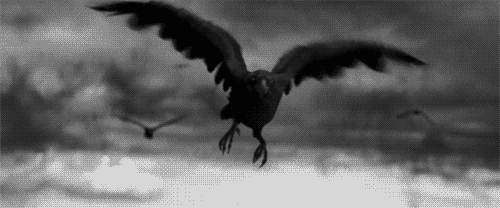
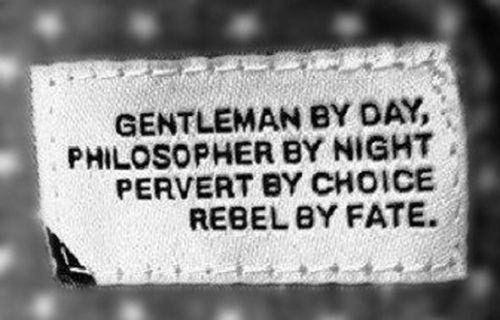



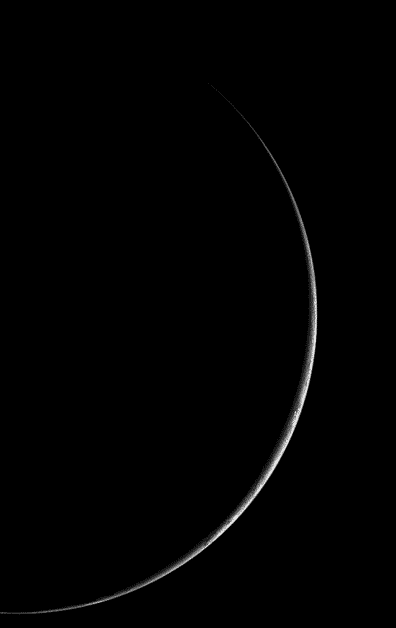








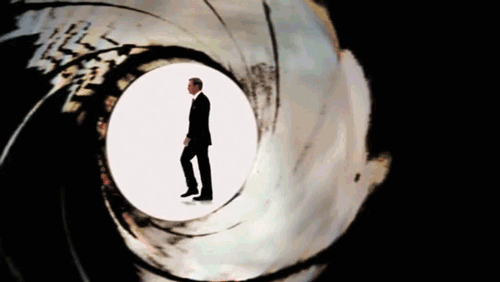


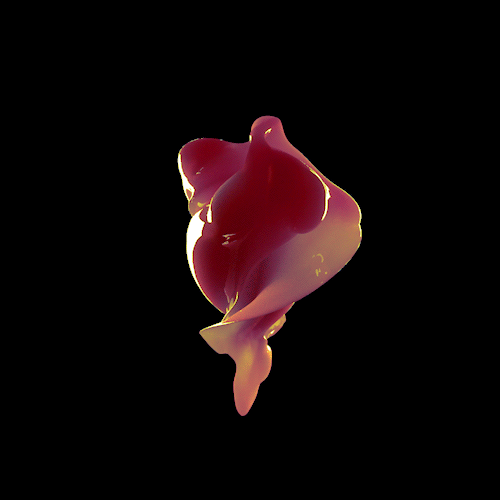


No comments:
Post a Comment